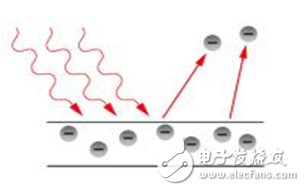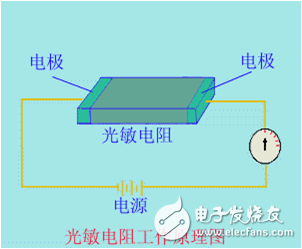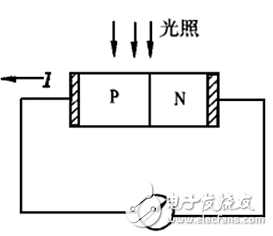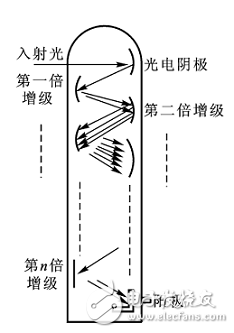The photoelectric sensor is a small electronic device and a key component for photoelectric conversion in various photoelectric detection systems. It mainly uses sensors that use various properties of light to detect the presence or absence of an object and changes in surface state. Photoelectric sensors are widely used in industrial automation devices and robots because of their non-contact, fast response and reliable performance.
Photoelectric SensorsPhotoelectric sensors generally consist of a light source, an optical path, and a photovoltaic element. The measured change is converted into a change in the optical signal, and then the optical signal is further converted into an electrical signal by means of the optoelectronic component.

Photoelectric components are the most important component of photoelectric sensors, and their core working principle is different types of photoelectric effects. According to the wave-particle duality, light is composed of photons moving at the speed of light. When an object is exposed to light, its internal electrons absorb the energy of the photon and change its state, and its electrical properties also change. For the photoelectric effect.
According to the different changes in the state of electrical properties, the photoelectric effect is divided into the following three types:
1) External photoelectric effect
The phenomenon that electrons escape from the surface of an object under the action of light is called an external photoelectric effect. Photoelectric components based on external photoelectric effect include photocells, photomultiplier tubes, etc.

2) Photoconductive effect
The phenomenon that electrons in a semiconductor cannot absorb a photon after the photon is absorbed, and the electric conductivity of the object changes, or the photogenerated electromotive force is generated is called an internal photoelectric effect. The internal photoelectric effect can be divided into photoconductive effect and photovoltaic effect according to its working principle. Photoelectric elements based on photoconductivity have photoresistors, phototransistors, etc.

3) Photovoltaic effect
Under the action of light, the phenomenon that an object produces a certain direction of electromotive force is called the photovoltaic effect. Photovoltaic elements based on photovoltaic effect are photocells and photodiodes, triodes, etc.

Optoelectronic components work principle
Based on the different photoelectric effects, let's see how they work separately:
External photoelectric effect device
Optoelectronic devices made using the external photoelectric effect of a substance emitting electrons under the illumination of light are generally vacuum or aerated optoelectronic devices such as photocells and photomultiplier tubes.
Taking a photocell as an example, when incident light is incident on the cathode, a single photon transfers all of its energy to one of the cathode materials, thereby increasing the energy of the free electrons. When the energy obtained by the electron is greater than the work function of the cathode material, it can escape the metal surface to escape and form an electron emission. This electron is called photoelectron. Photoelectrons are generated only when the frequency of the incident light is higher than the limit frequency.

After photoelectrons are generated, they are absorbed by the anode in the vacuum tube to generate an electric current. If the light intensity is increased at this time, more photons will be irradiated to the cathode material, which will generate more photoelectrons, and the photocurrent will increase accordingly. In the case where the value of the resistance R is determined, the photocurrent in the loop is a function of the illumination intensity of the incident light, thereby realizing photoelectric conversion, and the illumination intensity can be calculated by reading the number of currents by the measurement circuit.
Crank Connecting Rod Mechanism
Crank And Connecting Rod Mechanism,Connecting Rod Mechanism,Crank Mechanism Con Connecting Rod,Crank Mechanism Part-Connecting Rod
Chongqing LDJM Engine Parts Center , https://www.ckcummins.com
![<?echo $_SERVER['SERVER_NAME'];?>](/template/twentyseventeen/skin/images/header.jpg)